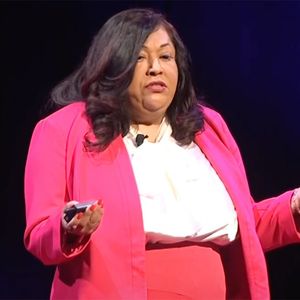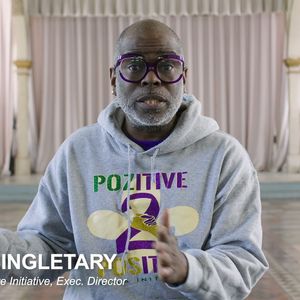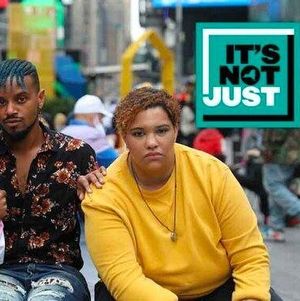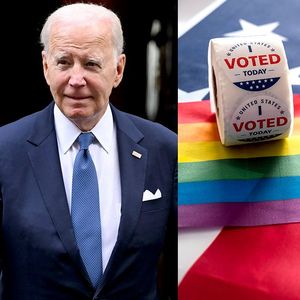CONTACTStaffCAREER OPPORTUNITIESADVERTISE WITH USPRIVACY POLICYPRIVACY PREFERENCESTERMS OF USELEGAL NOTICE
© 2024 Pride Publishing Inc.
All Rights reserved
All Rights reserved
By continuing to use our site, you agree to our Private Policy and Terms of Use.
The 10th annual Gay American Smoke Out, which urges lesbian, gay, bisexual, and transgender people to stop smoking, is set for Thursday, November 18. The American Legacy Foundation says gay people are considerably more likely to smoke than their heterosexual peers, with up to half of all LGBT adults reporting smoking. As many as 59% of gay adolescents smoke, according to the foundation, significantly higher than the 35% of all adolescents who do so. Fewer gay people have attempted to quit smoking, according to the foundation; about 75% of gay smokers have attempted to quit at some point, compared with 80% of all adults who smoke. Smokers are at greater risk of developing heart disease, cancer, stroke, and emphysema. "We want to help all Americans quit smoking, but there is a particular need for outreach within the LGBT community," says Cheryl Healton, president and CEO of the American Legacy Foundation. "We know that more LGBT smokers recognize the increased risks of smoking, but fewer have made attempts to quit, and we need to change that. We know how important a role support plays in the LGBT community, so we ask members of the community to support friends as they go through the difficult process of trying to quit. Research has shown that support can make a big difference in quitting successfully." To show support for a friend during the annual Gay American Smoke Out or to try to quit yourself, the American Legacy Foundation recommends the following "Learn to Quit" smoking tips and guidelines: 1) Make the choice to quit: Becoming an ex-smoker is a powerful act; identify your reasons for quitting and clearly commit to this decision. 2) Create a plan: Smokers should plan to quit at least five days before they actually stop smoking. 3) Build a team: Friends, family members, and coworkers influence behaviors, so make them aware of your attempt to quit and ask for their help and support. Smoking is prevalent in bars and clubs, particularly in the LGBT community, so trying to quit smoking should become a team effort. 4) Make your friends aware of your attempt to quit and consider asking friends to temporarily stop socializing at venues that involve smoking. 5) Use available tools in your community: Utilize smoking cessation clinics or group support meetings in your community, or take advantage of telephone counseling. 6) Smokers looking to quit can call (800) QUIT-NOW, a toll-free number that links smokers to quit-line services in their state or region.
Want more breaking equality news & trending entertainment stories?
Check out our NEW 24/7 streaming service: the Advocate Channel!
Download the Advocate Channel App for your mobile phone and your favorite streaming device!
From our Sponsors
Most Popular
Meet all 37 of the queer women in this season's WNBA
April 17 2024 11:24 AM
Here are the 15 gayest travel destinations in the world: report
March 26 2024 9:23 AM
21+ steamy photos of Scotland’s finest gay men in Elska Glasgow
February 01 2024 10:07 PM
More Than 50 of Our Favorite LGBTQ+ Moms
May 12 2024 11:44 AM
Conjoined twins Lori Schappell and trans man George Schappell dead at 62
April 27 2024 6:13 PM
Latest Stories
Nancy Pelosi endorses Kamala Harris for president
July 22 2024 4:07 PM
Charli XCX declares Kamala Harris IS brat & our next President's campaign agrees
July 22 2024 3:08 PM
Pete Buttigieg roasts JD Vance and his gay tech bro billionaire
July 22 2024 1:42 PM
The AIDs pandemic can be ended by 2030, but governments must act: report
July 22 2024 1:01 PM
Conservatives' first attack on Kamala Harris: Pronouns and accessibility?
July 22 2024 12:45 PM
Advancing equality during Disability Pride Month
July 22 2024 11:30 AM
Trending stories
Most Recent
Recommended Stories for You


















































































